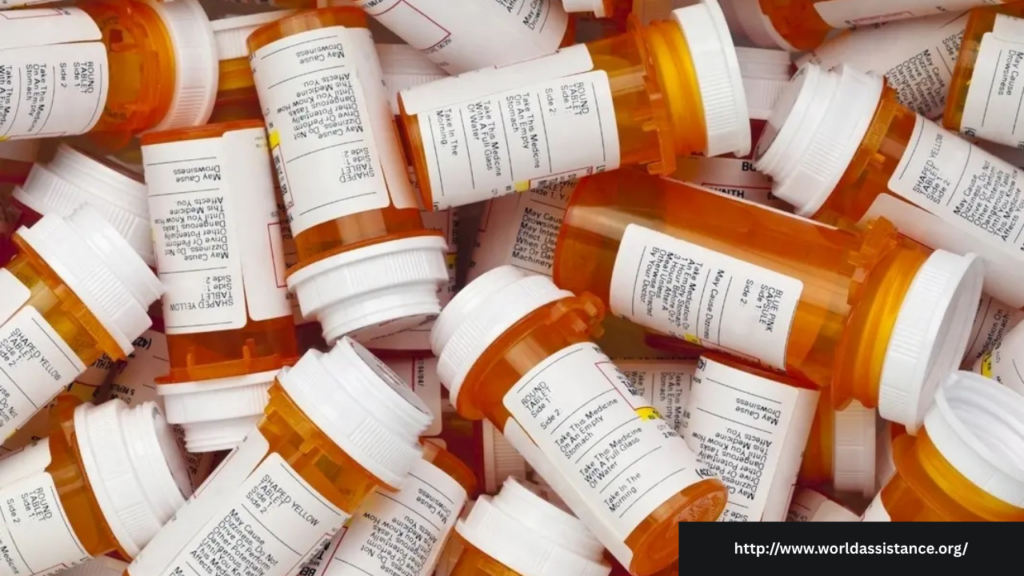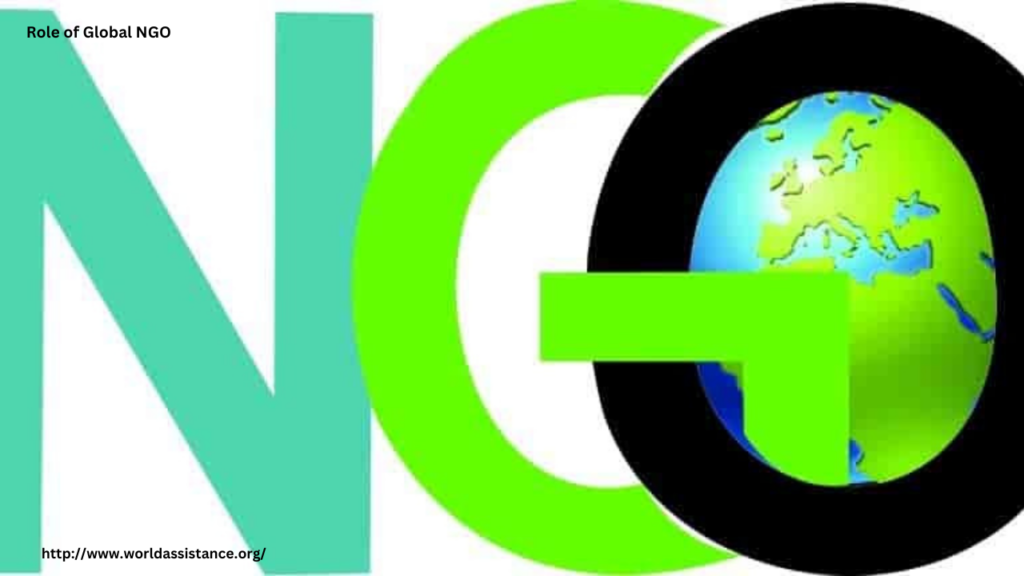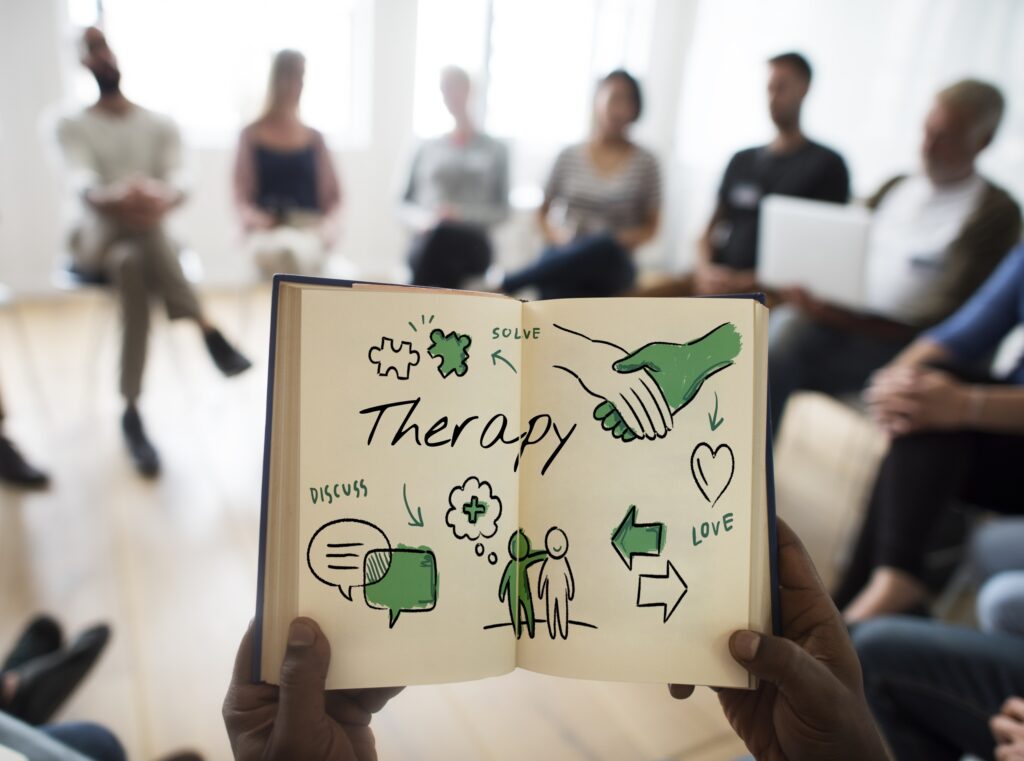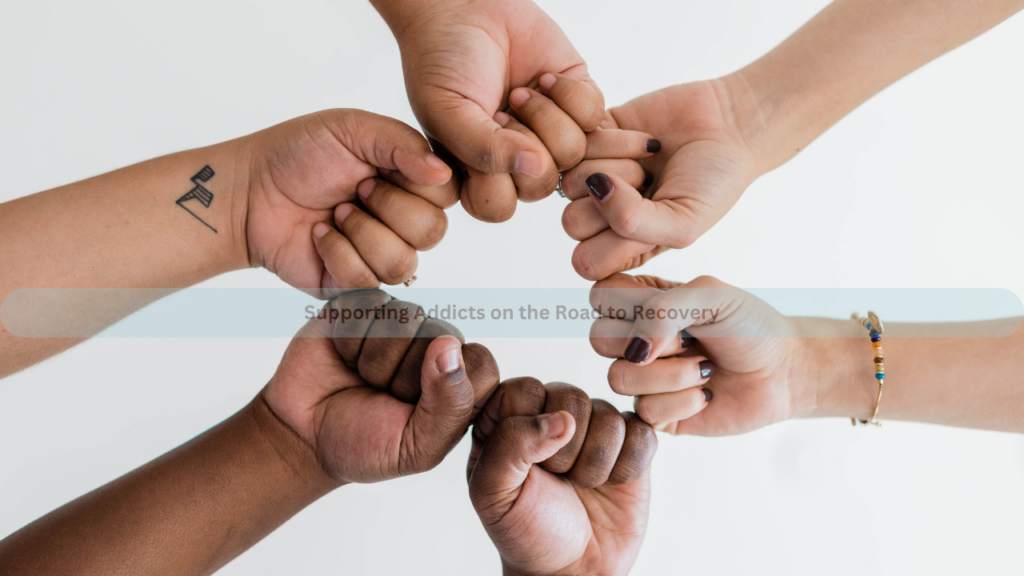
The opioid epidemic has emerged as one of the most urgent global health crises in recent years, claiming hundreds of thousands of lives and affecting countless more. Originating primarily in North America, the crisis has since spread to other parts of the world, prompting a need for collaborative and innovative solutions. Governments, healthcare providers, international organizations, and non-governmental organizations (NGOs) are working together to implement strategies aimed at reducing opioid misuse, improving treatment, and saving lives.
Global Recognition and Policy Reform
Awareness of the opioid epidemic has grown on an international scale, prompting governments to take action. In the United States, the Centers for Disease Control and Prevention (CDC) and the National Institute on Drug Abuse (NIDA) have launched comprehensive strategies focused on prevention, treatment, and research. Similarly, Canada has declared a national public health emergency and implemented a harm reduction framework that includes supervised consumption sites and expanded access to naloxone.
Countries like the United Kingdom and Australia have revised prescribing guidelines to reduce the overuse of opioid medications and encourage non-opioid alternatives for pain management. Meanwhile, international collaboration through entities like the United Nations Office on Drugs and Crime (UNODC) has helped develop global standards and policy frameworks to tackle opioid misuse and trafficking.
Expanding Access to Treatment
Effective treatment is central to overcoming the opioid epidemic. Medication-Assisted Treatment (MAT) using methadone, buprenorphine, and naltrexone is widely recognized as one of the most effective methods for treating opioid use disorder. Countries across Europe, such as France and Germany, have integrated MAT into their national healthcare systems.
Globally, efforts are being made to expand access to MAT, particularly in low- and middle-income countries where availability has traditionally been limited. International partnerships and funding from organizations like the World Health Organization (WHO) and the Global Fund are helping bridge this treatment gap.
Harm Reduction and Public Health Approaches
Harm reduction has become a cornerstone in the fight against the opioid epidemic. Supervised injection facilities, needle exchange programs, and widespread distribution of naloxone have been successfully implemented in countries such as Canada, Portugal, and the Netherlands. These programs not only save lives but also connect individuals with recovery services.
In countries like Switzerland, heroin-assisted treatment has been introduced for individuals with severe opioid use disorder who have not responded to conventional therapies. These innovative approaches demonstrate a commitment to evidence-based, person-centered care that prioritizes safety and dignity.
International Collaboration and Data Sharing
One of the key strategies in combating the opioid epidemic is international collaboration. Countries are sharing data on drug trends, treatment outcomes, and public health strategies to build a collective understanding of what works. Global conferences, task forces, and cross-border research initiatives are helping to coordinate efforts and foster innovation.
Conclusion
The opioid epidemic requires a united global response rooted in compassion, science, and collaboration. By sharing best practices, expanding access to treatment, and adopting harm reduction strategies, the world is making progress in addressing this complex crisis. Continued international cooperation and investment in evidence-based solutions will be essential in turning the tide against opioid addiction and saving lives worldwide.








